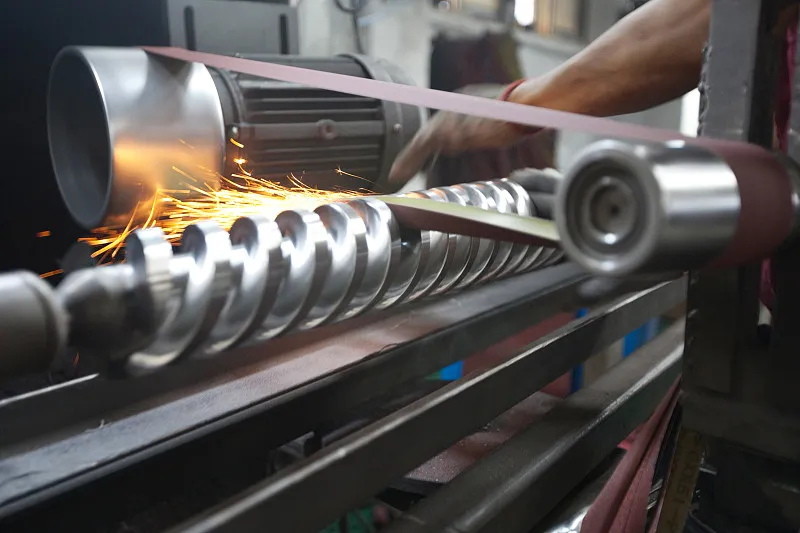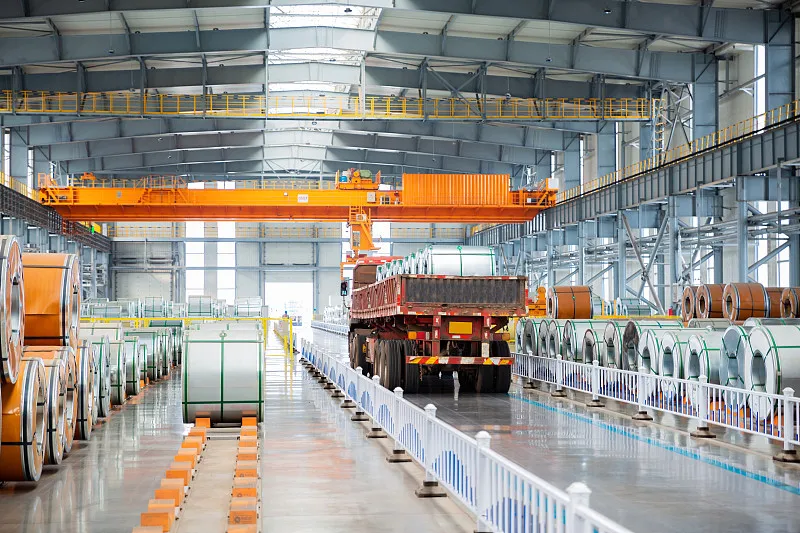Where is China’s Furniture Hardware Industry Heading in 2025?

Hello there! If you’re in the furniture business, you know that the little details—the hardware—make a big difference. Whether it’s a hinge that ensures your cabinet doors swing smoothly or a handle that adds a touch of elegance to your drawer pulls, hardware is the unsung hero of furniture design. Let’s take a look at what the future holds for China’s furniture hardware industry in 2025.
Evolution of Distribution Channels: From Streets to Stores
The journey of China’s furniture hardware market has been quite a ride. It started with humble street markets and has grown into large, specialized markets that combine exhibitions and trade. This evolution has been marked by rapid and specialized development.

Traditional Channels Still Hold Weight
Despite the changes, traditional channels continue to play a significant role, especially in smaller cities. The distribution of hardware is becoming more streamlined with the rise of large-scale hardware stores and markets. Some big operators and dealers have even started their own brands, which can sometimes conflict with the manufacturers’ retail strategies. The industry’s traditional channels are moving towards being larger, more diverse, and modern.
Growing on a Global Scale
China’s furniture hardware industry is stepping up on the world stage, gradually becoming a major player in the global market for hardware processing and exports. With a vast market and consumer potential, at least 70% of the industry is made up of private enterprises, which are the driving force behind China’s hardware industry growth.

The Global Perspective
In the international hardware market, developed countries like those in Europe and the US are focusing on producing high-value products due to rapid technological advancements and increasing labor costs. They’re leaving the production of more common products to developing countries. China, with its strong market potential, is well-positioned to become a major exporter of furniture hardware. This also pushes the industry towards producing more high-end products.
Diversification: A Balanced Mix
China’s hardware wholesale markets have a significant advantage in trade, distribution, and exports. The production of furniture products has prospered the market, and the market’s prosperity has, in turn, driven furniture production. This creates a positive cycle of production and market circulation. The construction of professional hardware markets across the country has led to a balanced mix of different types and sizes, complementing each other.

The Future: From Extensive to Intensive Development
The future of the hardware market is expected to shift from an extensive, resource-intensive approach to a more intensive, focused one. Branding, specialization, and scaling up will be the direction for professional hardware markets, which are expected to show an irresistible momentum for development.
Modernization: Factories Expanding into Distribution
The new trend in China’s hardware industry is becoming more evident. The rise of new channels not only makes hardware manufacturing companies rethink their relationships with traditional agents and distributors but also increases the risk of losing market control.

Specialty Stores: A Promising Direction
Specialty stores have a great chance of success. Some brands that were once unknown have become industry leaders thanks to their specialty store systems.
E-commerce: The Mainstream of Future Development
E-commerce has a significant impact on traditional hardware channels. Previously, hardware brands would only showcase their products at international trade shows. Now, many hardware factories are engaging in internet marketing, making their products visible to more potential customers.

Six Major Trends for the Future
Analysts predict that “China’s competition going global, and global competition coming to China” will be the hallmark of the hardware industry in the coming years, with six major trends:
- China’s Position as a Global Manufacturing Hub
China’s integration into the global economy and its rapid economic rise have made it a dynamic economic region. With perfect economic facilities, mature industries, and lower labor costs, China has the comparative advantage to be the center of global hardware manufacturing. - Polarization of Enterprises
The coming years will be a period of high volatility for the hardware industry, leading to a widening gap between high-quality, high-cost products and low-cost, low-quality products. - Changes in Sales Channels
Due to oversupply and increasing quality pressure, sales channels have become a key competitive factor, and the competition for channels is becoming more fierce. - Increased Control Over Pricing and Payment
Sellers are gaining more control over product pricing and payment settlement. - Evolving International Market Requirements
The international market’s requirements for Chinese furniture hardware products will gradually evolve, with higher demands for quality, packaging, and delivery times. - Shift in Market Competition
Competition is shifting from price to quality and technological content, as companies recognize that relying solely on price competition is not sustainable.

In summary, China’s hardware industry will continue its structural adjustment, with some companies thriving and others exiting the market. The industry is set to see significant changes, with a focus on quality, technology, and sustainable development.
